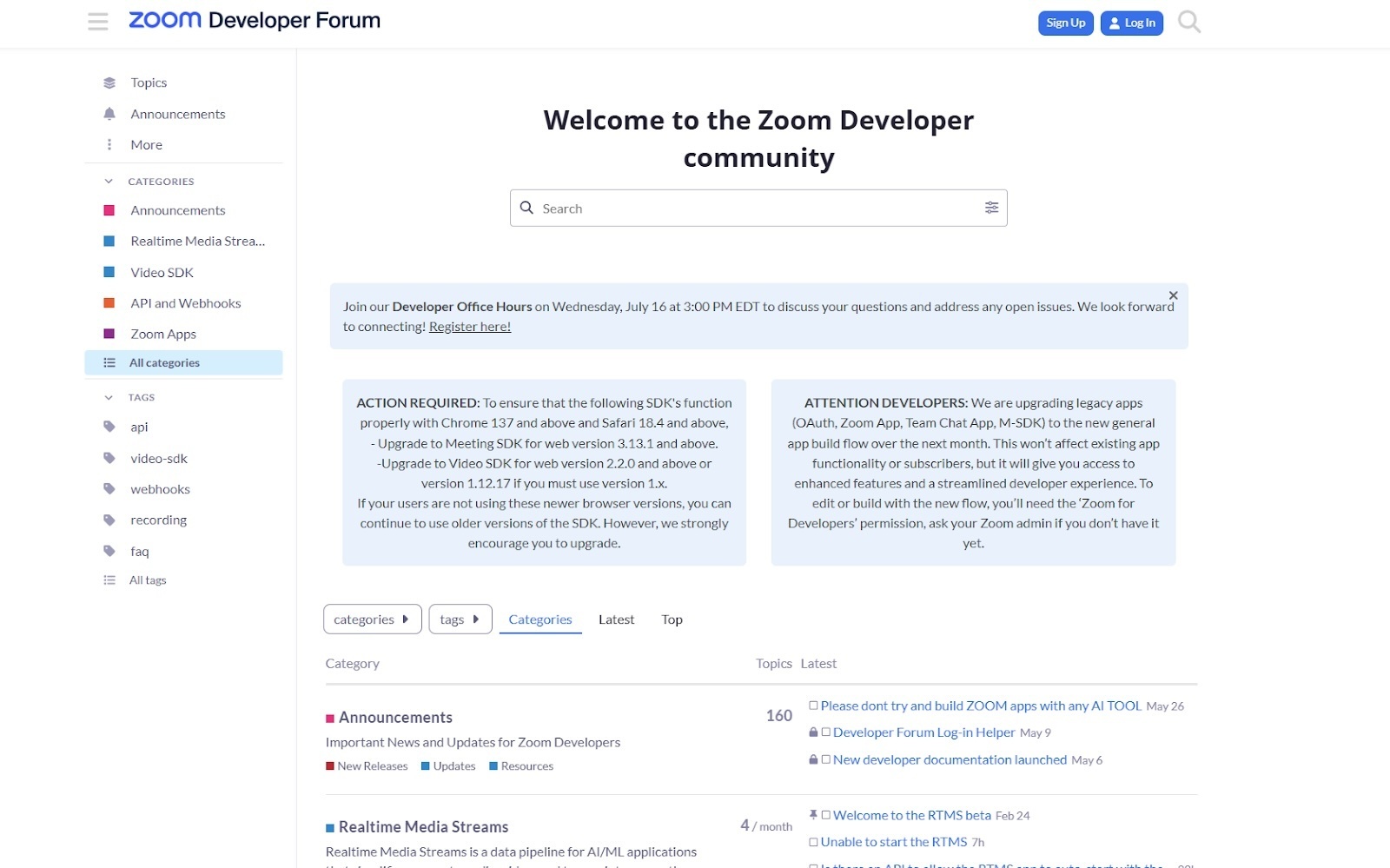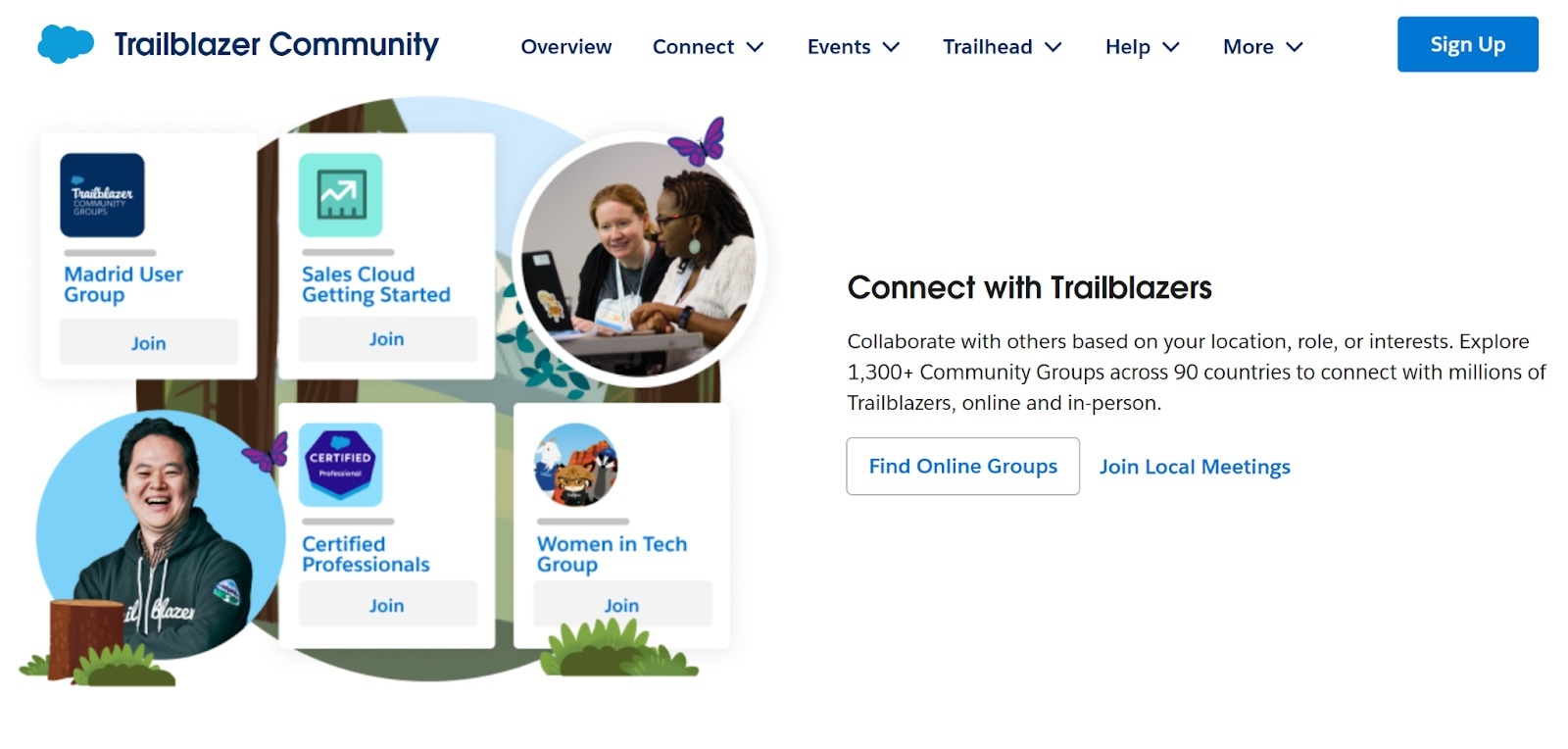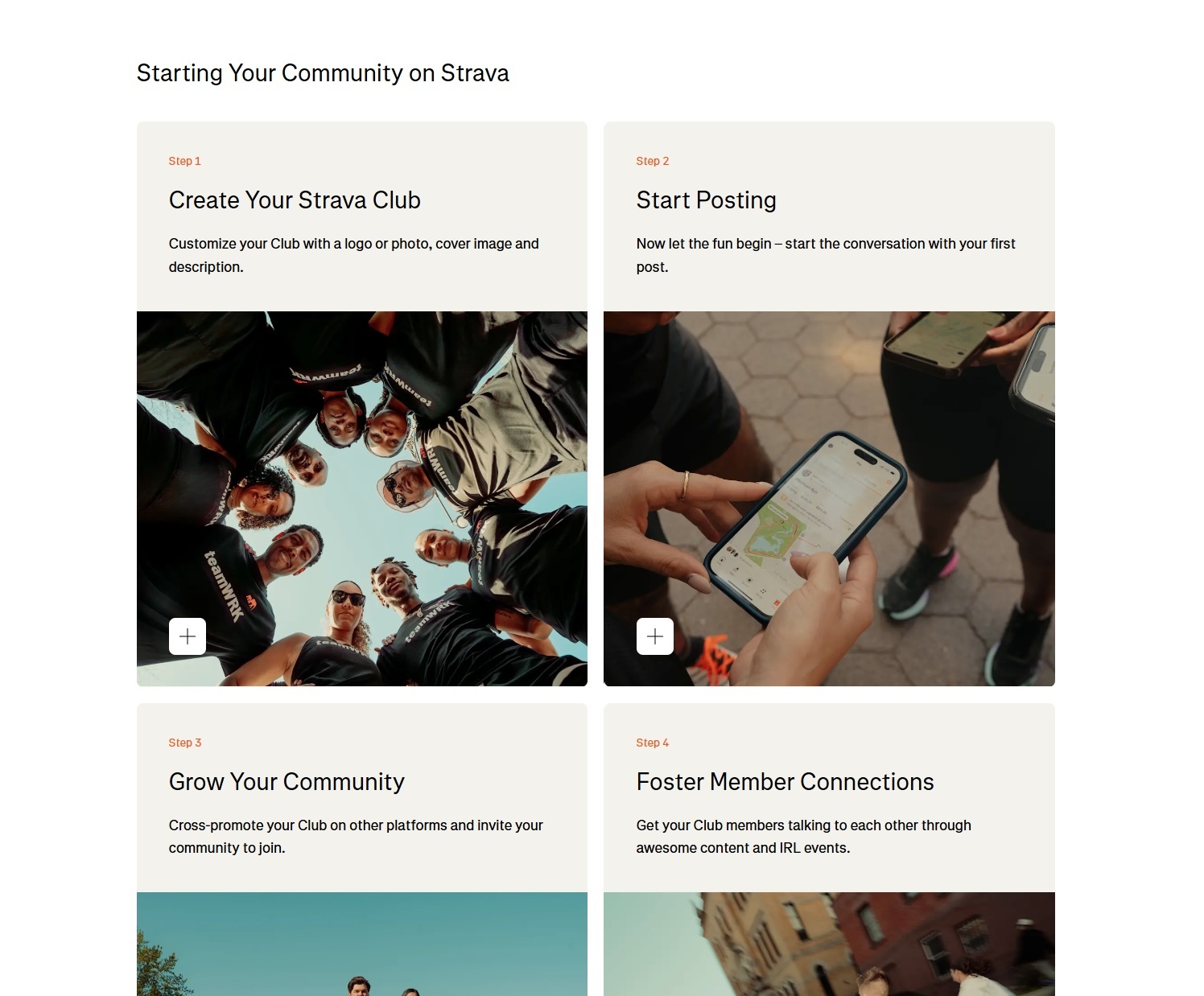 Logo
Logo
EXPERT INSIGHTS
Jul-30-2025
What is a micro-community and 6 benefits of having one
Khoros Staff
As digital communities grow in size, many brands are discovering that bigger doesn’t always mean better. Real connection often thrives in smaller, more intentional spaces —where conversations resonate, relationships grow stronger, and customers feel like valued members of something bigger.
These tightly focused groups are becoming a powerful tool for brands looking to build loyalty, gather meaningful feedback, and create authentic engagement.
In this article, we’ll explore why micro-communities matter — and highlight six key benefits of building one.
What is a micro-community?
A micro-community is a small, purpose-driven group within a larger audience or ecosystem. Unlike broad communities built around general interests or products, micro-communities are tightly focused. They often form around shared roles, industries, challenges, or identities, such as power users of a specific feature, developers in a niche vertical, or regional teams within a global customer base. And you don’t need to start from scratch. These micro-communitites can live within your pre-existing online community platform, contributing to a rich and diverse ecosystem.
While large communities aim to be inclusive and scalable, micro-communities thrive on specificity and relevance. Members are more likely to participate when they see themselves reflected in the conversation. And for brands, engaging with well-defined segments provides clearer insights and stronger signals — helping you meet your audience where they are.
6 benefits of having a micro-community
Investing in micro-communities doesn’t mean shrinking your impact — it means sharpening your focus. Here are six benefits of building and nurturing micro-communities:
1. Deeper customer relationships
Micro-communities tend to feel more personal. Built around specific interests or needs, they invite deeper, longer-lasting engagement. Their smaller size fosters authentic connection, making members feel seen, heard, and valued. Instead of getting lost in the noise, people form trust-based relationships that drive loyalty over time.
2. Higher-quality engagement
Because micro-communities are centered on specific roles, interests, or goals, the conversations that happen within them tend to be more relevant and more valuable. Members aren’t just browsing; they’re showing up with purpose. This focus leads to richer online forum discussions, more thoughtful contributions, and content that holds long-term value. In fact, micro-communities can become powerful engines of high-quality community content that inform, support, and inspire others across your ecosystem.
3. Better feedback and product insight
Micro-communities give your brand a direct line to the voices that matter most. With a shared focus and clear context, members offer sharper, more actionable feedback — whether it's surfacing edge-case needs, flagging usability issues, or suggesting feature enhancements. These insights aren’t just noise; they’re rooted in real use cases from your most engaged customers, helping product and CX teams make smarter, faster decisions.
4. Peer-to-peer support and learning
When people with similar challenges come together, something powerful happens: they start helping each other. Micro-communities are natural hubs for peer-to-peer support, where members share knowledge, troubleshoot problems, and swap best practices. This not only builds confidence and reduces support costs, it also turns your customers into collaborators, creating a culture of shared learning that keeps people coming back.
5. Stronger advocacy and retention
People are more likely to stay when they feel like they belong. Micro-communities cultivate that sense of belonging. Over time, participants don’t just stick around, they step up. They write posts, welcome newcomers, offer help, and amplify your brand without being asked. These advocates are your most loyal customers — and micro-communities help you find and empower them.
6. Increased agility and experimentation
Micro-communities give brands a safe space to test, learn, and iterate. Whether you're trialing a new program, gathering early feedback on a feature, or exploring a niche content format, these smaller groups offer rapid insight with lower risk. Their specificity makes it easier to measure impact, refine quickly, and scale what works — transforming your community into a built-in innovation lab.
Tips for building a successful micro community
The most effective micro-communities don’t happen by accident — they’re intentionally designed, thoughtfully led, and nurtured over time. While many of the best practices for building an online community apply, these tips are especially important when creating a focused, high-value space:
Start with purpose: Clarify why this group exists and what it offers that a broader community doesn’t. A shared goal is what gives micro-communities meaning — and momentum.
Identify the right members: Use customer data and segmentation to identify people who share relevant interests, roles, or needs. The more aligned the group, the more value members will find in it.
Create structure: Set clear guidelines, seed thoughtful content, and introduce discussion prompts to spark conversation. A well-organized space makes it easier for members to jump in and stay active.
Empower leaders: Appoint ambassadors or moderators who reflect the community’s purpose and can help guide the tone, support peers, and model participation.
Stay engaged: Micro-communities thrive when there’s a steady pulse of activity. Ongoing community management can help bring them to life. Check in regularly, highlight contributions, and keep the conversation moving with timely updates and thoughtful questions.
Measure and refine: Track key metrics like engagement, feedback quality, and retention to understand what’s working — and where to adjust. Micro-communities are small, but their impact should be measurable.
Micro community examples
Here are a few standout examples of micro-communities in action.
1. Zoom’s developer forum

As part of its broader community strategy, Zoom launched a dedicated Developer Forum to support users building with its APIs and SDKs. This micro-community focuses on the technical subset of its user base who collaborate on implementation challenges, ask questions, and share integration best practices. It enables Zoom to offer targeted support and gather actionable product feedback, all while deepening loyalty among a highly influential audience. The Developer Forum is a strong example of how enterprise brands can create focused, purpose-driven spaces within larger ecosystems.
2. Salesforce trailblazer groups

Salesforce’s Trailblazer Community brings together hundreds of micro-communities under one umbrella, with groups tailored by role, industry, region, and identity — such as “Women in Tech,” “Financial Services Marketers,” and “New York Admins.” Each group offers a more intimate space for members to connect over shared goals, exchange insights, and support one another. It’s a scalable model that blends the reach of a large platform with the relevance of localized, purpose-driven groups.
3. Strava clubs

Strava, a global fitness platform with over 150 million users, enables micro-communities through its Clubs feature. These small, focused groups are often organized around geography (like Boston Runners), activity type (such as Trail Cyclists), or specific challenges (like 8K race prep). Within Clubs, members share routes, post updates, and cheer each other on – fostering peer-to-peer connection and motivation in a way that feels personal and energizing.
Create a micro community with Khoros
Micro-communities don’t just build themselves — but with the right tools, they’re easier to launch and scale than ever. Whether you’re creating one from scratch or carving out new spaces within an existing ecosystem, Khoros Communities gives you everything you need to succeed.
From flexible segmentation to built-in gamification and robust moderation tools, Khoros helps brands create high-trust spaces that drive participation, gather insights, and grow stronger relationships — at scale.
Ready to build micro-communities that deliver real value? Request a demo and see what’s possible with Khoros.











